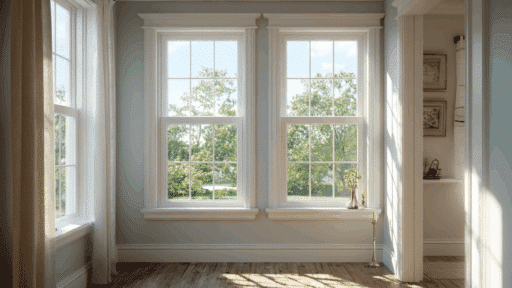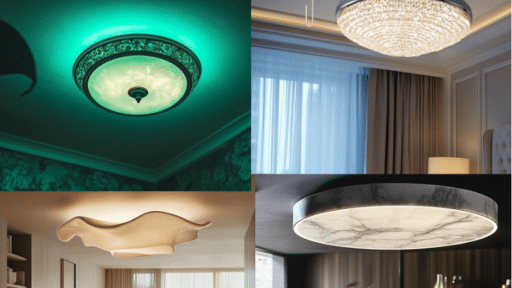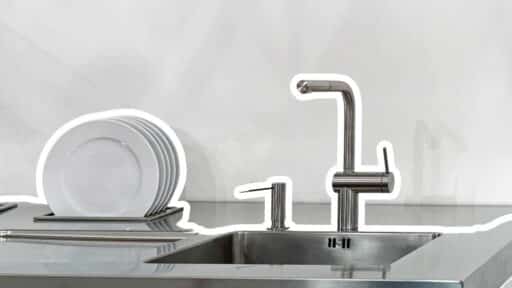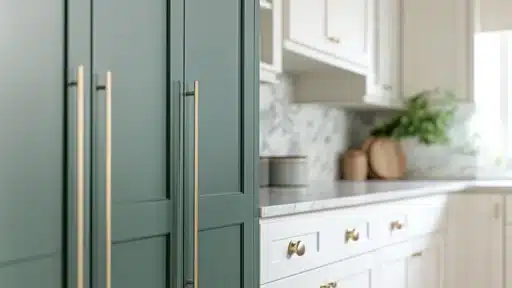Looking to replace or upgrade your home’s windows, but not sure where to start? With so many types of windows available, choosing the right one can feel confusing.
The right style can transform your home’s comfort, light, and energy use. From sliding and casement to bay and picture windows, each design serves a unique purpose.
In this guide, you’ll find clear explanations of popular window types for houses, how they work, and what suits your space best so you can make a confident, informed choice for your home.
Common Types of Windows
A quick look at some of the most common window types and how they work in different spaces around your home.
1. Single-Hung Windows

Single-hung windows have two sashes, but only the lower one moves while the upper stays fixed. They’re affordable, easy to maintain, and great for homes with classic designs.
Because the top sash doesn’t open, airflow is limited, and cleaning the outside can be tricky. Still, they offer solid insulation and a traditional look at a low cost.
2. Double-Hung Windows

Double-hung windows let both sashes move up and down, improving airflow and allowing easy cleaning from inside. They provide better control of ventilation and safety, especially for upper floors.
Although they cost more than single-hung designs are durable, versatile, and energy-efficient. Their balanced design also suits both traditional and modern homes.
3. Casement Windows
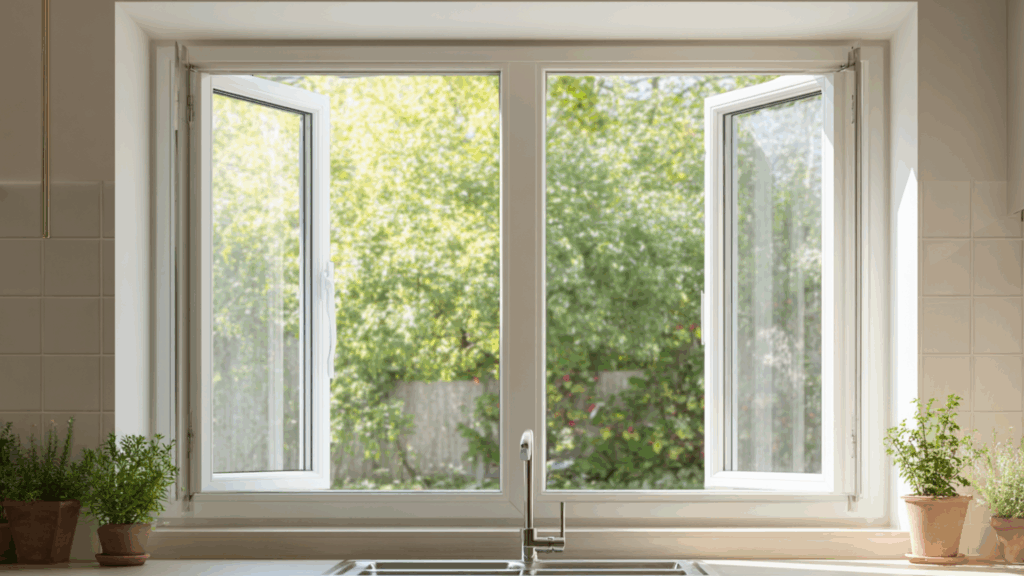
Casement windows open outward using a side crank, allowing full ventilation and clear outdoor views. They seal tightly when closed, improving insulation and energy savings.
These windows are ideal for hard-to-reach areas like above sinks and are simple to use, though they need regular hinge and handle upkeep. They’re excellent for catching breezes and maintaining efficiency.
4. Awning Windows
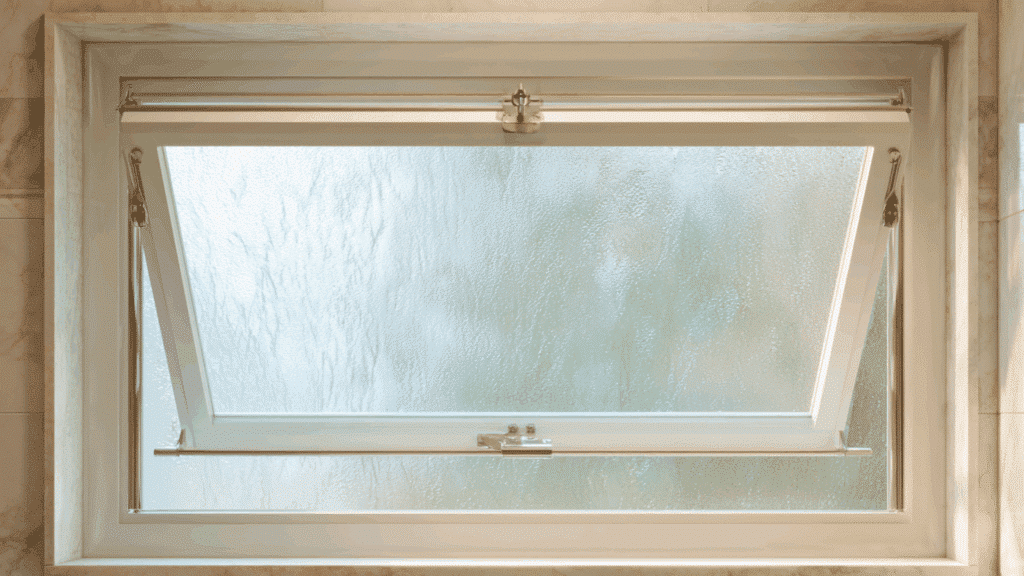
Awning windows hinge at the top and open outward, allowing air circulation even during rain. They provide privacy, block water, and help keep rooms comfortable.
These windows work well in humid or rainy regions, but aren’t ideal for areas with foot traffic right outside. Their design also helps reduce drafts while keeping moisture out.
5. Sliding Windows
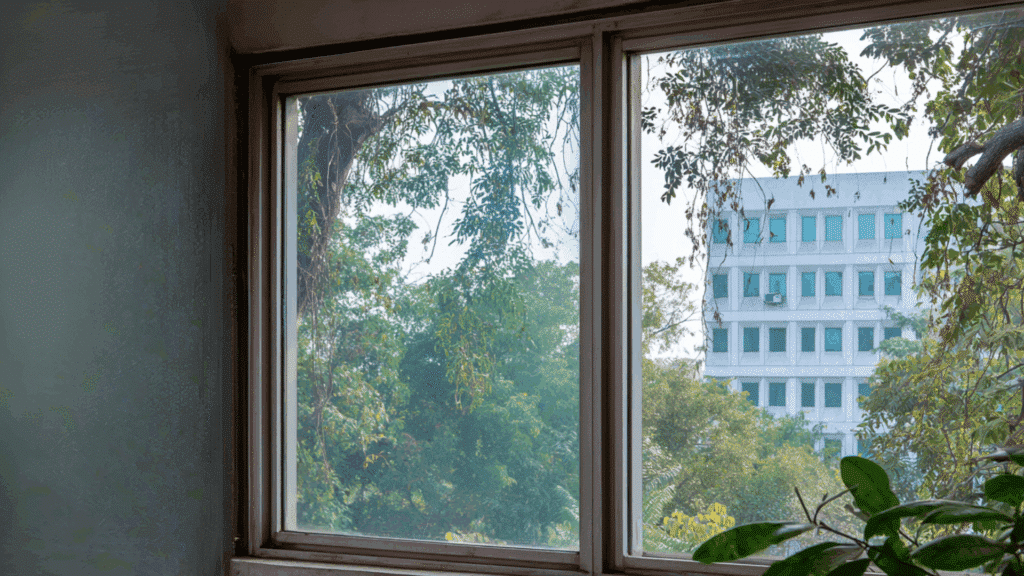
Sliding windows move horizontally along tracks, offering smooth operation and wide views. They’re ideal for modern homes or rooms facing patios and gardens.
Their simple design makes them reliable and affordable for large openings or patio areas. They also allow more natural light and an uninterrupted view of the outdoors.
6. Picture Windows
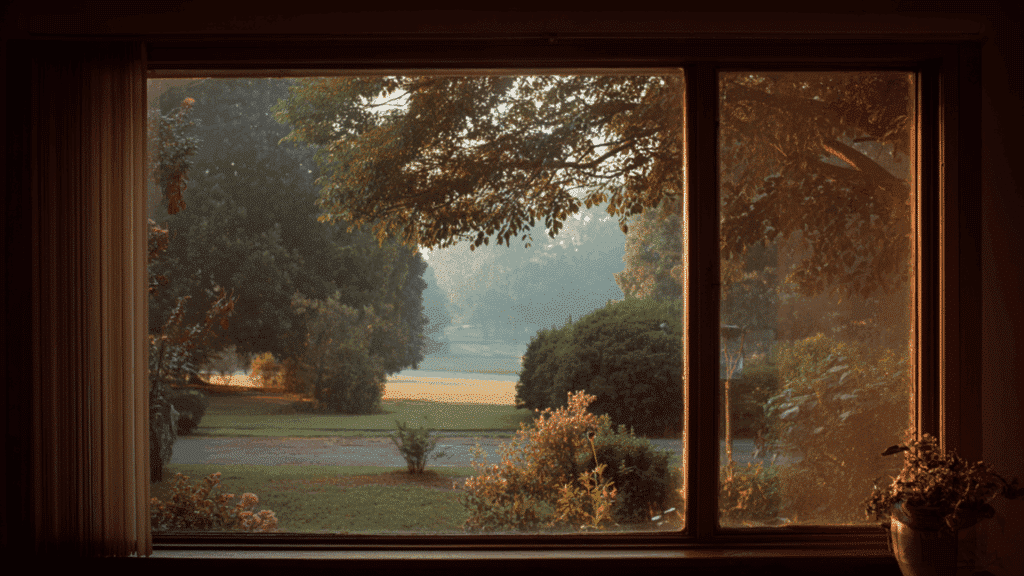
Picture windows are fixed panes that don’t open, designed to highlight views and let in sunlight. They’re very energy-efficient since there are no gaps or moving parts.
While they can’t provide airflow, they make rooms brighter and quieter, requiring little maintenance. The large glass surface also makes smaller spaces appear bigger.
7. Bay Windows
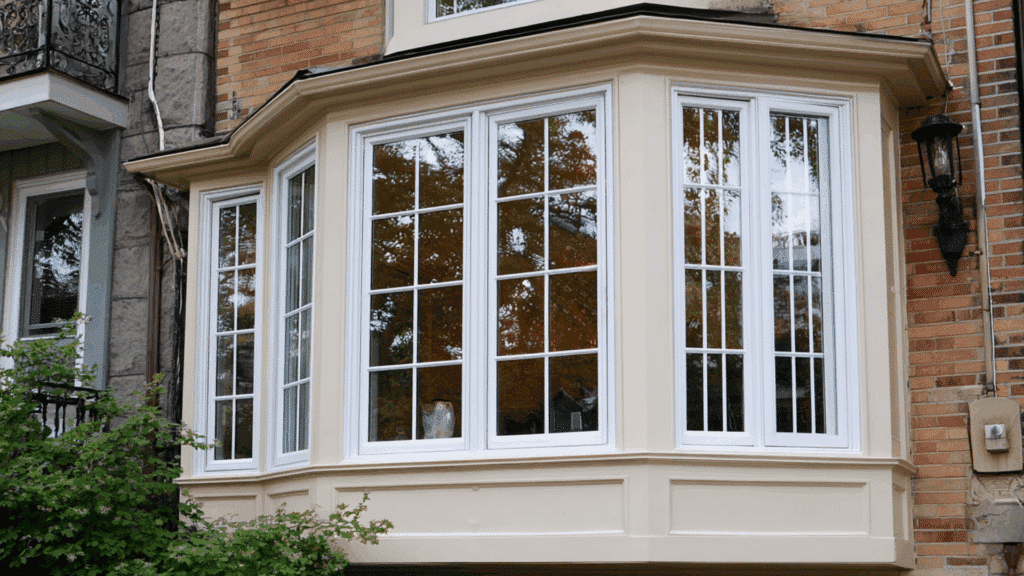
Bay windows extend outward from the wall, adding depth, light, and style. They create a cozy seating area and increase interior space, though they’re more costly and need strong support. They also enhance curb appeal by adding visual dimension to a home’s exterior.
Specialty and Decorative Windows
Unique window styles that add design flair or serve specific functions in a home.
8. Skylight Windows

Skylight windows are installed in the roof to bring in natural light from above. They brighten dark rooms, reduce the need for artificial lighting, and create an open feel.
Proper installation and flashing are important to prevent leaks and manage heat gain. Venting models can also improve airflow and reduce indoor humidity.
9. Garden Windows
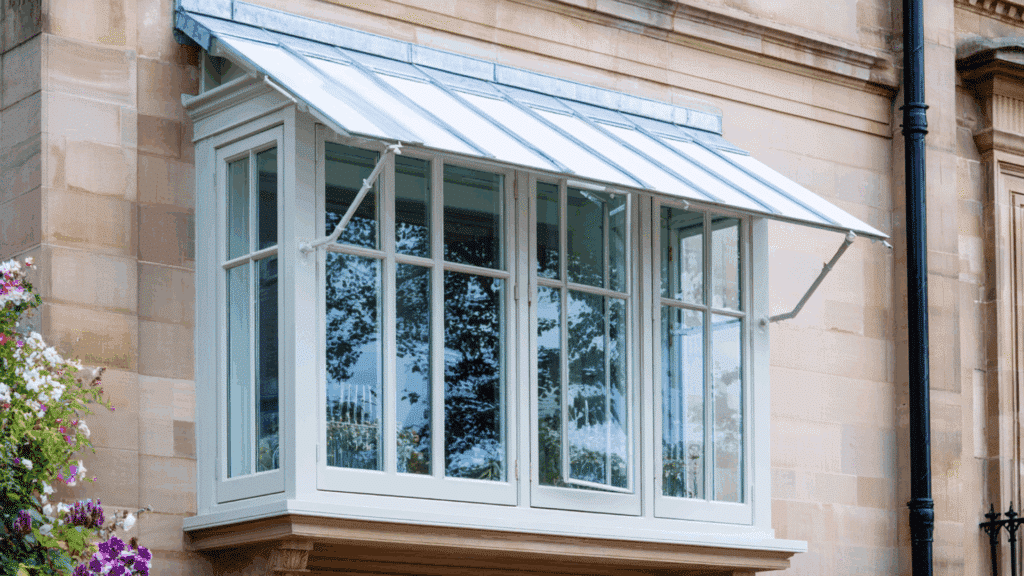
Garden windows extend outward from the wall and feature glass on all sides, creating a small greenhouse effect. They let in sunlight from multiple angles, making them perfect for growing herbs or small plants indoors.
Their projecting design adds both light and charm to kitchens. The built-in shelf area also offers extra space for plants or decor.
10. Transom Windows

Transom windows sit above doors or larger windows to allow extra light and airflow. They can be fixed or operable and often come in decorative shapes.
These windows add character while improving brightness and ventilation in narrow or shaded spaces. They also help rooms feel taller and more open.
11. Hopper Windows
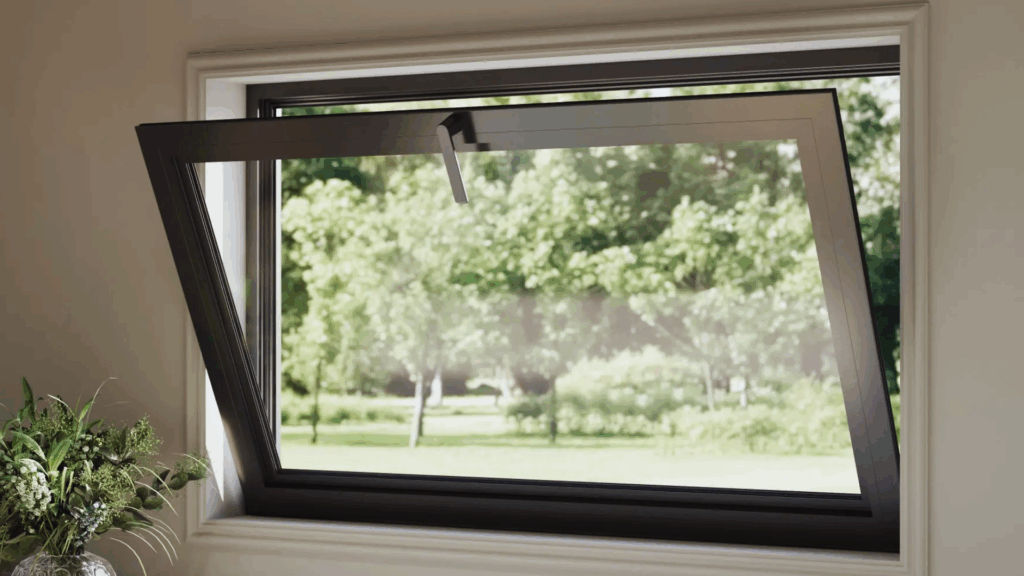
Hopper windows are hinged at the bottom and open inward from the top. They provide secure ventilation while keeping out debris or rain.
Their compact design works well in tight spots where larger windows aren’t practical. The inward opening also makes them easy to clean and maintain.
12. Egress Windows
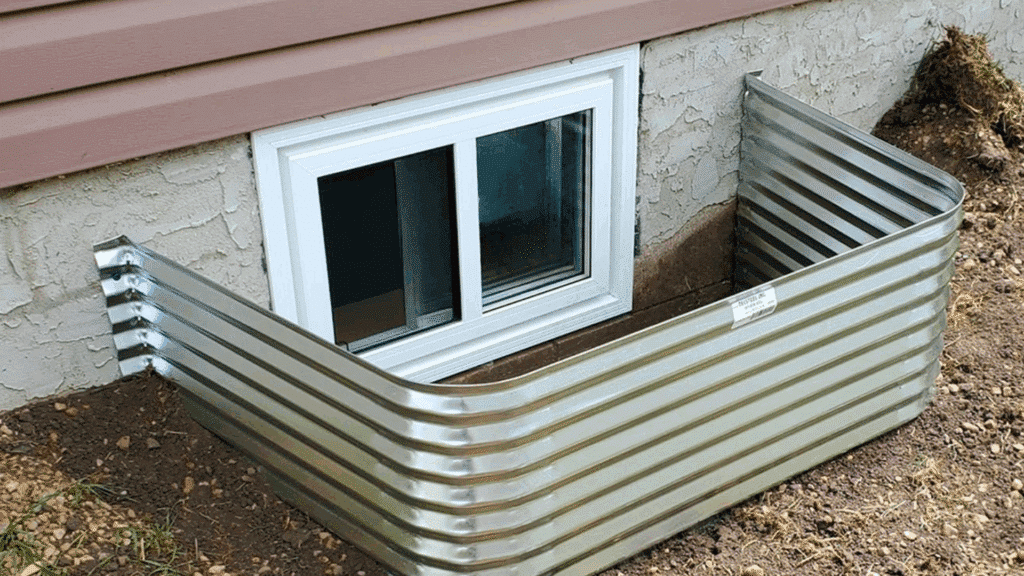
Egress windows are designed for safety, providing an emergency exit in case of fire. They’re usually larger and installed in basements or bedrooms below ground level. Depending on the size and well design.
They also bring in natural light and make below-grade areas feel more open. Adding an egress window can also help a basement meet building code requirements.
13. Round or Arched Windows
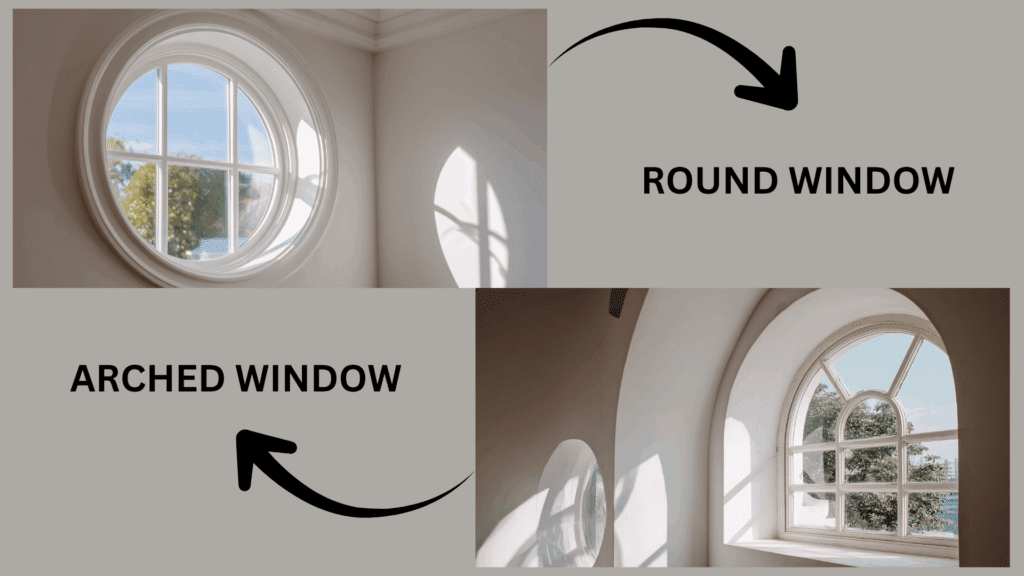
Round and arched windows add decorative appeal with their curved designs. They’re often placed above doors or in high wall spaces to soften room lines and increase visual interest.
While mostly fixed, they can be customized to open for light and ventilation. Their shape adds elegance and a timeless touch to both classic and modern architecture.
How to Choose the Right Window
Choosing the right window depends on your space, budget, and climate. Focus on how each option supports airflow, lighting, and comfort in your home.
- By Room: Casement or sliding windows suit kitchens for releasing heat. Picture or bay windows brighten living rooms. Awning or frosted glass adds bathroom privacy, while hopper or egress windows improve basement airflow and safety.
- By Climate: Use double-pane or Low-E glass in hot areas, triple-pane in cold climates, and impact-resistant glass near coasts. Energy Star–rated windows work well year-round.
- By Home Style: Modern homes fit sliding or picture windows. Farmhouse styles match double-hung or casement designs, while traditional homes suit bay, bow, or arched windows.
- By Purpose: Casement, awning, or double-hung windows aid ventilation. Picture or skylight windows add light, and multi-pane glass boosts insulation and efficiency.
Conclusion
Now you’ve seen the most common types of windows and how each one improves comfort, light, and efficiency in different spaces.
From single-hung to bay and skylight designs, every window serves a purpose that fits your home’s needs and style. I’ve found that understanding these differences makes choosing much easier and more rewarding.
Take a closer look at your rooms, compare your options, and pick the design that suits your lifestyle best. If this guide helped, feel free to share it with others looking to make their homes brighter and more comfortable.

